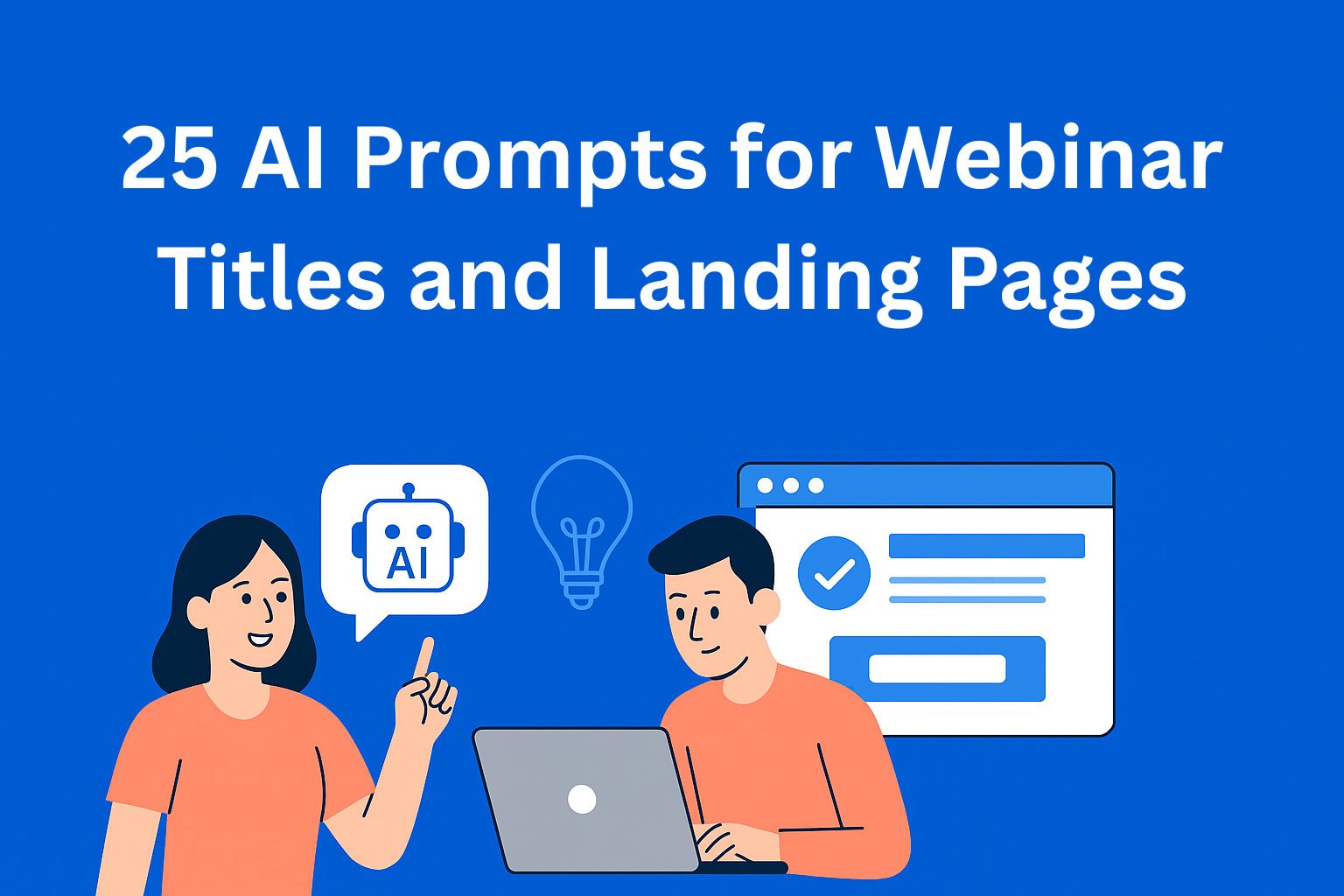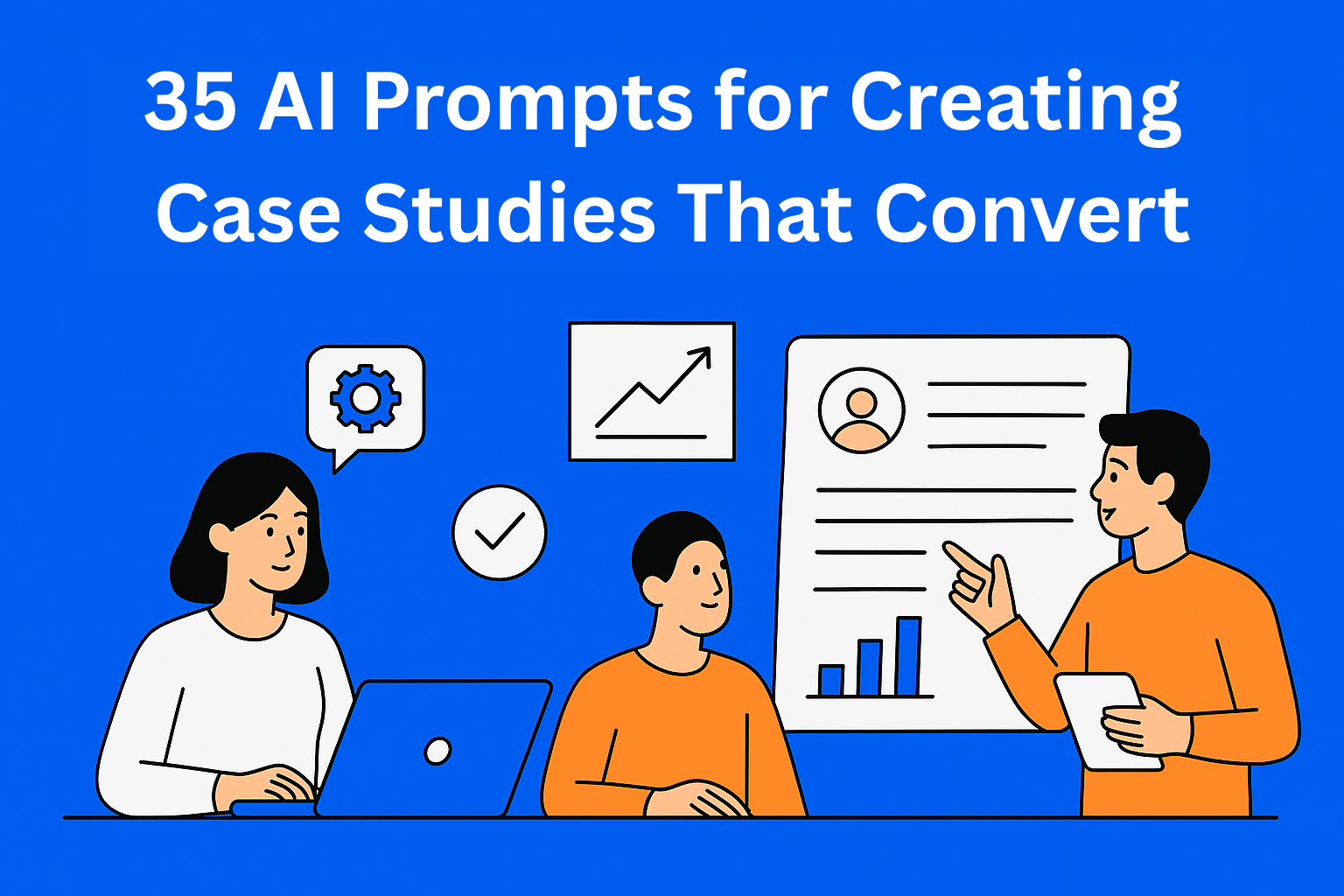What Content Teams Might Look Like in 2026
By 2026, content teams will blend creativity and AI, becoming smaller, faster, and more tech-driven. Explore the new roles, tools, and skills shaping the next era of digital storytelling.

Before we begin, it’s important to note that most of the statements in this text are based on predictions and current trends, not solid facts. Their accuracy depends on how AI develops in the future and how the industry adapts to it.
In the past few years, the world of content has completely changed. Teams that used to only write blogs and social media posts now manage entire online projects. Artificial intelligence and automation have become part of everyday work. By 2026, content teams are expected to be smaller, faster, and more tech-oriented. But most importantly, they will focus on creating smarter content, not just more content.
Today, most content teams consist of writers, editors, and designers. In the future, this mix will expand with new roles that blend imagination and technology. Companies that understand these changes early will be able to keep up with the times and adapt more easily to the new way of creating content.
Key Takeaways
- Content teams will blend creativity and technology - roles will mix strategy, storytelling, and AI expertise to create smarter, faster workflows.
- New hybrid roles are emerging - positions like AI Content Strategist, Prompt Engineer, and Data Storyteller will redefine how teams operate.
- AI-first ecosystems will drive efficiency - automation, predictive analytics, and ethical AI use will become standard for content operations.
- Flexible structures will replace rigid hierarchies - pod-based teams, hub-and-spoke models, and asynchronous collaboration will dominate.
- Adaptability will be the ultimate skill - future-ready teams will experiment, learn fast, and balance innovation with transparency and trust.
New Roles: Who Might Be in Content Teams in 2026
Let’s start with people. The biggest changes could happen in roles and responsibilities. Some jobs may evolve, some may disappear, and completely new ones might emerge.
1. AI Content Strategist
This role combines creativity and technology. The AI Content Strategist is someone who uses smart tools to help the team create content faster and more efficiently. Instead of writing everything from scratch, they use artificial intelligence to suggest ideas, draft first versions of texts, and analyze results. For example, if a brand wants to launch a campaign, this person knows how to set up an AI tool to generate content that sounds natural and fits the audience. In short, this is someone who can think creatively and use technology as a tool to achieve better results.
2. Prompt Engineer for Content
Their task is to come up with and write simple but precise prompts. They know how to “talk” to an AI system in a way that produces accurate and creative results. In short, they are people who know how to translate human ideas into a language that a machine can understand.
3. Data Storyteller
This might become one of the most valuable roles. A Data Storyteller uses analytical tools to find insights and turn them into engaging stories. For example, instead of saying “our audience grew by 20%,” they would explain why it happened and what emotional factors drove that engagement.
4. Content Automation Architect
This role would focus on how all tools work together. They would set up automated systems for publishing, personalization, and version control. Imagine content that updates itself according to trends or user behavior - that’s what this person would make possible.
5. Community Narrative Manager
Audiences are no longer just passive observers - they are creators too. This role might help guide the community’s voice and user-generated content (UGC) to ensure followers and customers tell the brand’s story in an authentic way.
Roles like AI Content Strategist and Prompt Engineer already exist in some form but are not standard in all companies and may have different names. As for the others, we can assume they might appear in the near future.
New Tools: AI at the Heart of Content Creation
If people are the engine, tools are the fuel. By 2026, AI-first ecosystems are expected to become the standard way content teams work. These tools won’t just assist - they’ll collaborate.
- Generative AI Tools
AI writers like ChatGPT Enterprise, Jasper, and Claude will likely become part of every team’s daily workflow. For visuals, tools like Runway ML, Midjourney, and Synthesia will create realistic videos and graphics in minutes. Audio tools such as Descript will make editing voice recordings and podcasts automatic and easy. - Content Management and Orchestration
Platforms like Notion AI, Airtable AI, and Contentful will become central places for planning, creating, and publishing content. They will connect writers, designers, and developers into one unified workflow. Even EasyContent might integrate an AI system into its platform by 2026. - Analytics and Predictive Insights
AI tools won’t just track how people react to content - they could also predict which type of post has the best chance of success before it’s even published. This would help teams plan campaigns better and use time and resources more wisely. - Ethics and Transparency
As AI becomes more involved in creating content, new ethical questions will arise. For example, how do we keep content original and genuine when part of the work is done by a machine? How do we protect creators’ rights and ideas? Teams will need to set clear rules and boundaries so that audiences continue to trust the authenticity of the content.
New Structures: How Teams Might Be Organized
Future content teams probably won’t follow the old structure with clear departments. Instead, they might have a more flexible and connected setup that easily adapts to change and new needs.
- Pod-Based Teams
Instead of one large marketing department, companies could have smaller groups called “pods” that work on specific goals or topics. Each group could include someone for AI, a designer, an analyst, and a writer. Together, they would operate like a small startup within the company - fast, agile, and focused on results. - Hub-and-Spoke Model
This model suggests that there could be a main team at the center managing tools, data, and strategy. Smaller teams would then create and distribute content. This way, consistency in communication can be maintained while still giving each team creative freedom. - Asynchronous Collaboration
Since remote work has become common, team members often work from different parts of the world. They use tools that allow them to communicate and collaborate without always having meetings at the same time. Examples include shared boards, AI summaries, and automatic translations that make teamwork easier.
Key Skills
Members of 2026 content teams will need to be versatile. Writing or designing alone won’t be enough. They’ll need to understand analytics, automation, and the ethical use of AI technology. The future belongs to those who can combine creative and technical thinking.
A New Mindset: Blending Creativity and Technology
Technology will play a bigger role, but creativity will remain the heart of every content team. What changes is how creativity is used.
1. AI as a Creative Partner
AI could take on repetitive and boring tasks and analyze data, while humans would have more time to focus on storytelling, understanding audiences, and generating creative ideas.
2. Culture of Experimentation
Teams will constantly test new ideas and ways of working. Mistakes will be seen as part of learning, helping them discover what works best. The most successful teams will be those that experiment quickly, learn from their trials, and adapt easily to change.
3. Transparency and Trust
Audiences value authenticity more than ever. Teams will need to be open about how they use AI, what data they collect, and how they make decisions. Building trust will be just as important as building traffic.
How to Prepare for 2026
The changes may sound big, but companies can start adapting now. Here are a few simple steps:
1. Train Teams on AI Tools
Even a basic understanding of AI technology can be a huge advantage. Organize workshops and internal experiments with tools like ChatGPT or Jasper.
2. Build a Data Foundation
Collect and organize data about content - engagement metrics, conversion rates, user behavior. These insights will be key for making smarter decisions.
3. Test Automation Early
Automate simple tasks like scheduling posts or generating performance reports. This saves time for creativity and builds confidence in using technology.
4. Redefine Team Roles
Start blending skills now. For example, a writer could learn the basics of prompt design or data analysis. This flexibility will be essential in the future.
5. Build a Learning Culture
The best teams in 2026 won’t be the biggest - they’ll be the most adaptable. Encourage curiosity, experimentation, and reward innovation.
Conclusion
By 2026, content teams might look very different from today. Instead of just creating content, they could use smart tools and artificial intelligence to make their work easier. Of course, many already use these tools, but with AI becoming more common, teams could become smaller, faster, and more connected across the world.
Still, one thing will stay the same - the need for honest and engaging stories. AI can help and simplify work, but people will always be the ones adding emotion and meaning to every idea.
It’s becoming clear that the future of content won’t be a choice between people and technology, but rather their collaboration. Those who understand this early will have the advantage in 2026 and beyond.






